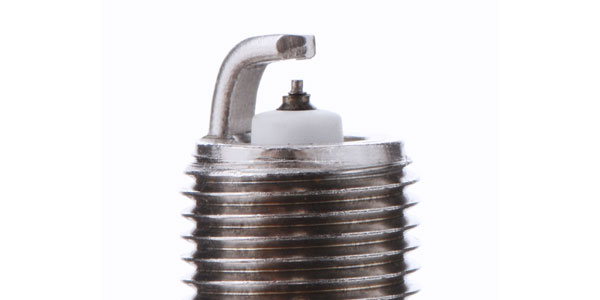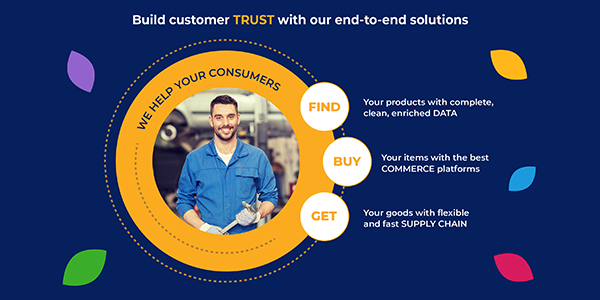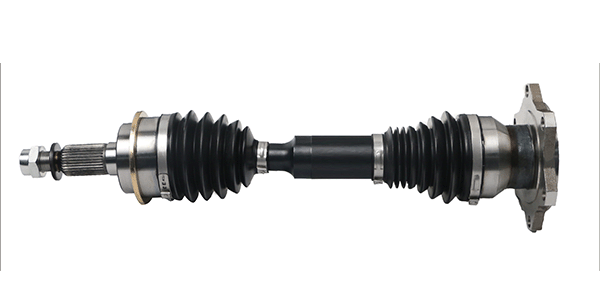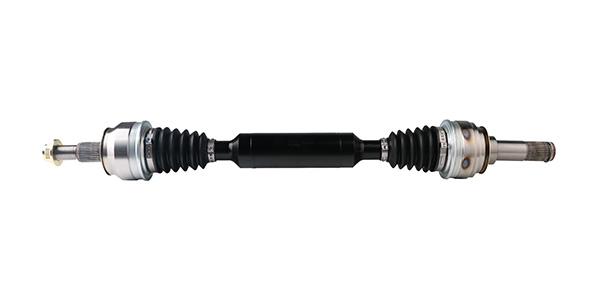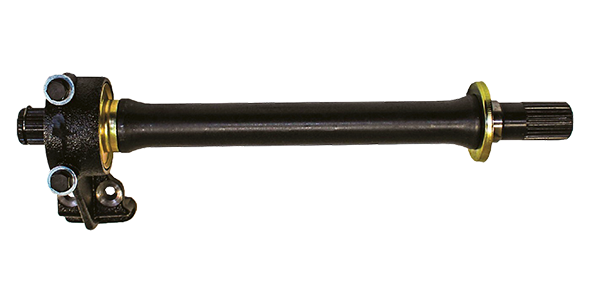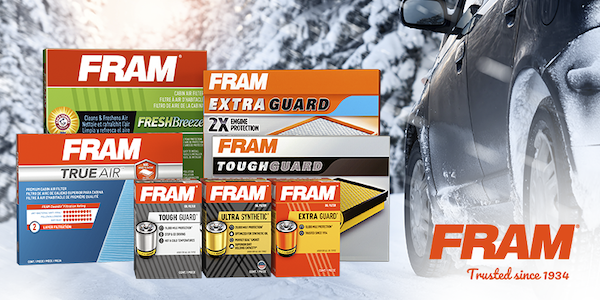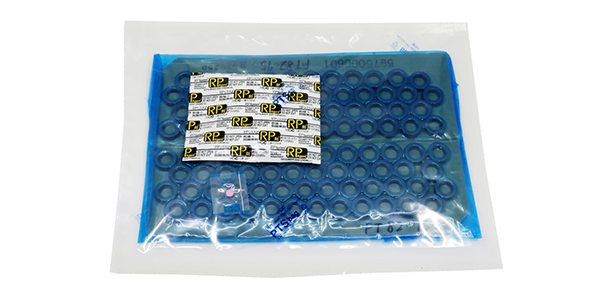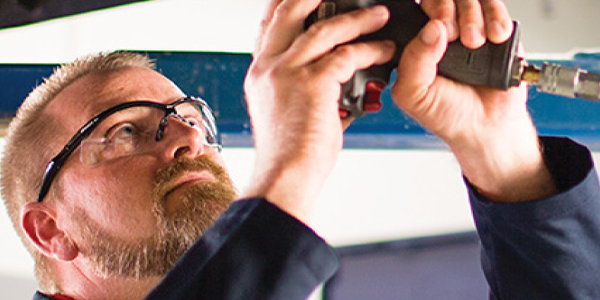How many customers are asking for higher performing spark plugs? Maybe the number is only a few, but there are several good reasons for them to explore their ignition options and how metallurgy can impact their engines.
It is important to remember that many customers do not understand the benefits different metallurgies can have for a vehicle. Day in and day out, we are looking up applications and suggesting the proper part for a vehicle, so customers rely on us to find the right solution. It can be intimating for a consumer to change their spark plugs, but here are some things to mention when talking about upgrading, specifically to iridium.
Iridium is one of the most robust metals on earth. It is extremely durable in harsh and corrosive environments. Being part of the platinum family, it naturally resists corrosion and oxidation. Iridium also has a high melting point at over 4300°F. So, how does this relate to spark plugs?
Spark plugs are designed to last as long as possible in a high compression and caustic environment. For the sake of durability, Iridium is a perfect fit. Generally, manufacturers engineer iridium spark plugs with a “fine wire” center electrode. What this means, is the tip is designed to be a thinner diameter. This correlates to more space in the combustion chamber for the flame to propagate (or grow).
When compared with other metals like copper and platinum, iridium outperforms them easily. Since the flame kernel can grow faster, that means a cleaner and faster burn, resulting in lower emissions, more power and better fuel efficiency. When someone asks you what’s so special about upgrading to a better spark plug, now you know! Learn more about iridium plugs at autolite.com.
This article was sponsored by Autolite.

